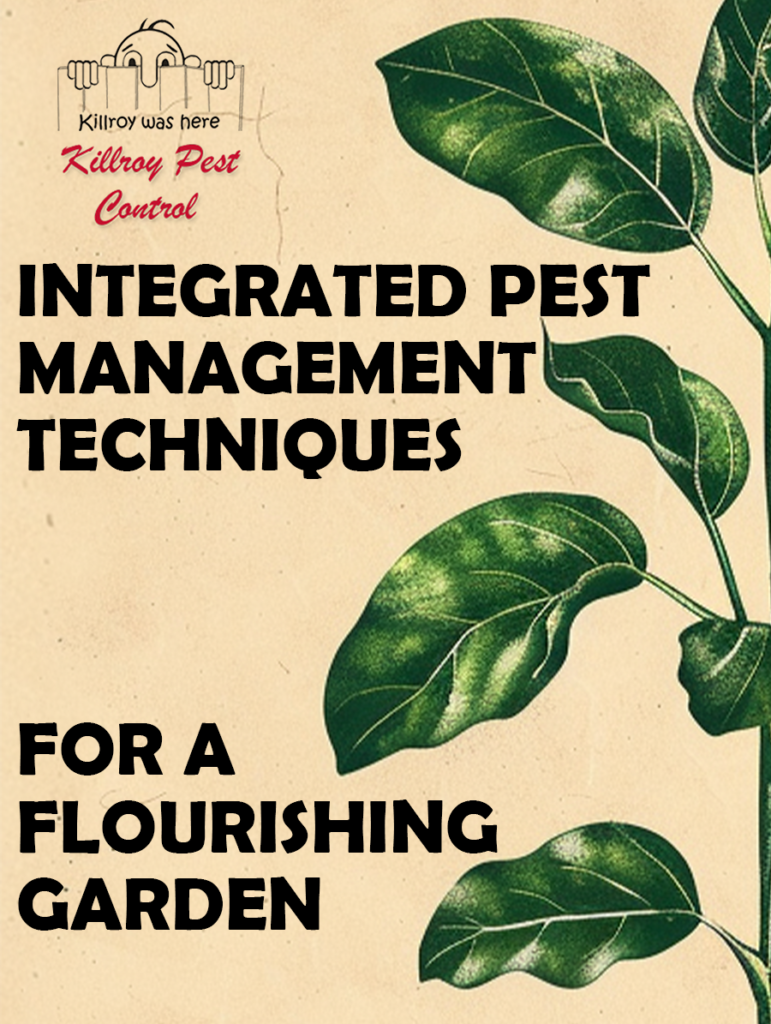
Integrated Pest Management Techniques for a Flourishing Garden
Mechanical control involves physical methods to eradicate or deter pests from your garden. Handpicking larger pests like caterpillars and snails can be an effective way to reduce populations. This is especially effective in smaller gardens. Installing barriers such as row covers or mesh netting can protect vulnerable plants from insect damage. These barriers will also allow sunlight and airflow to the plants. Traps, such as pheromone traps for insects or sticky traps for flying pests, can also be strategically placed to control populations.
Biological Control: Nature's Allies
Biological control employs living organisms to regulate pest populations. Beneficial nematodes, microscopic roundworms that parasitize insect larvae, are effective against soil-dwelling pests like grubs and caterpillars. Bacillus thuringiensis (Bt), a naturally occurring soil bacterium, produces toxins lethal to certain insect larvae while remaining harmless to humans, pets, and beneficial insects. Introducing predatory insects like parasitic wasps or predatory beetles can also provide long-term pest control solutions.

Implementing Integrated Pest Management
Successfully implementing Integrated Pest Management requires diligence, observation, and adaptability. Regularly monitor your garden for signs of pest activity, such as chewed leaves, distorted growth, or insect presence. Identify pests accurately to choose the most appropriate control methods while minimizing harm. Remember, IPM is a dynamic process that evolves with the changing needs of your garden.
Integrated Pest Management offers a sustainable and effective approach to pest control in gardens, landscapes, trees, and yards. Embrace the principles of IPM to cultivate a flourishing garden teeming with life and vitality. Have you tried any of these IPM techniques in your garden?
Remember, when it comes to pest control services, it’s not just about eradicating pests; it’s about nurturing a healthy and vibrant garden ecosystem for generations to come.







